You are using an out of date browser. It may not display this or other websites correctly.
You should upgrade or use an alternative browser.
You should upgrade or use an alternative browser.
Celtic Fury
- Thread starter Sparthage
- Start date
Historybuff
The title isn't long enou
B-29 Bomber
Prince
- Joined
- Jul 22, 2010
- Messages
- 381
Sparthage
Fighting Tyranny
Hey guys, I'm sorry for the extended wait. Several things came together to keep the update delayed. First, during the writing of the next update, I realized that it might be a bit long, so it will be released in two parts. The first update will be released within a week or so since I'd like to go back and do some editing. Second, I got tired of Civ (as hard as that is) and took a break to play NHL 2002, but now I'm back to playing Civ3. Third, I went on a lot of trips this summer to places without internet access.
In other news, Celtic Fury was recently reviewed in the Stories & Tales Times:
Keep reading, folks!
In other news, Celtic Fury was recently reviewed in the Stories & Tales Times:
Thanks to Tomorrow's Dawn for the high praise!Tomorrow's Dawn said:Civilization III:
Celtic Fury
by Sparthage
The Celts, from their humble homelands of western Africa, are about to show the world the rage of their Celtic Fury. Like the majority of Civilization III tales, we are treated to a delectably, savage Celtic military romp across the ages. I must admit that whenever I read a Civilization III story, I eagerly expect it to be a story of conquest and sweeping military action. And Sparthage certainly does not disappoint us in this regard. Aside from the writer’s excellent command of a reader’s attention with the Celts’ constant wars, Sparthage also manages to reinforce it with something completely unexpected:
Excellent Formatting.
It makes the writing that much easier on the eyes and is very much a contributing factor in the sleekness and appeal of the story.
New writers, take note of this one; if you can get your story to be half as clean cut as Celtic Fury, I'd say you're on the right track.
Rating: 4/5
Keep reading, folks!
Bowsling
Deity
clearmurky
Emperor
He lives!!!!!!!!
Verarde
Pondering Wearing A Hat
Good to hear you're not dead. 

Historybuff
The title isn't long enou

 .....
.....wait, a week?!


The prices we pay for great quality

Sparthage
Fighting Tyranny
Chapter XVI: The Descent of Russia and the Supremacy of Armored Warfare
Having lost thousands of men in their “Invasion” of the Celtic Empire, the Russian military embraced the age old tradition of calling a ‘Strategic Redeployment,’ or in the terms used by a Celtic General, “the largest retreat I’ve ever seen.” Celtic forces allowed the Russian Army to flee north in order to gain time to redeploy their valuable Armored Divisions across the region. It also gave the Celts the perfect opportunity to test their newest battlefield weapon…
********************
In the early morning of June 23, 1255, the Celtic 1st and 2nd Bomber Wings took off from their airfields outside the city of Allegheny. First overflying the Black Sea, then the camp of the 5th Army outside of Curovernum, the Celts crossed into Russian airspace around 8:00 AM local time. Russian Pikemen having breakfast outside of their tents looked skyward as the skies filled with the newest Celtic weapon’s thunderous drone. The Bombers reached Moscow just an hour later. Hundreds of bombs were dropped on the city, resulting in the deaths of some 1000 Russian Riflemen.
The Russian government was stunned. It had been thought that the Celts had no means to strike Moscow without first destroying the large army positioned on the Celtic-Russian border. That had just been proven to be a very wrong assessment.
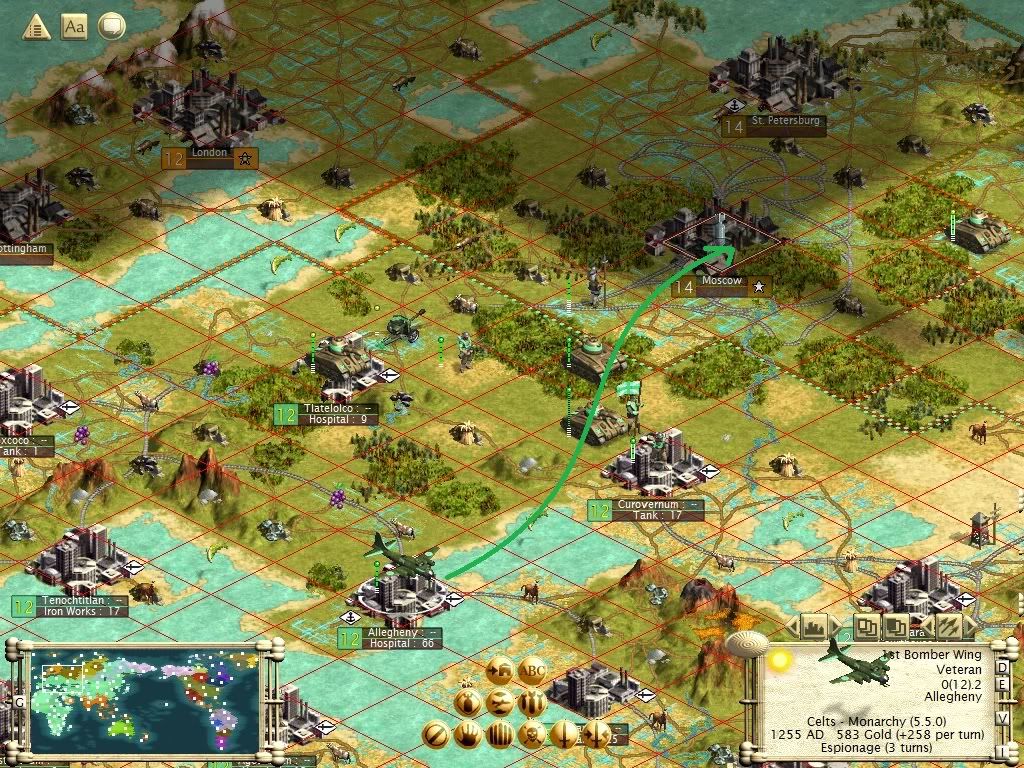
********************
Despite the more modern methods of warfare on the Western Front, the first battles on the Eastern Front were fought with methods of old. Three Celtic divisions of Cavalry along with the 4th Army, commanded by Field Marshal Boudicca, attacked a force of six Russian Riflemen divisions to decide who would control the small, isolated city of Novgorod.
The first few hours of combat went extraordinarily well for the Russians. Suffering just 2500 dead, they managed to kill almost 4300 Celtic Cavalry. As wave after wave of Celts was cut down by Russian forces, Colonel Vercingetorix II, the son of the Field Marshal in command of the 1st Celtic Army, led the 13th Cavalry Division to attack the Russian flank. The Russians were caught off guard and suffered heavy casualties. However, a small pocket of Riflemen opened fire from a small fort and hundreds of Celts died attacking them. Seeing Vercingetorix II’s potential as a leader, he was given a battlefield promotion to Field Marshal by Arminius, who had just arrived by train.
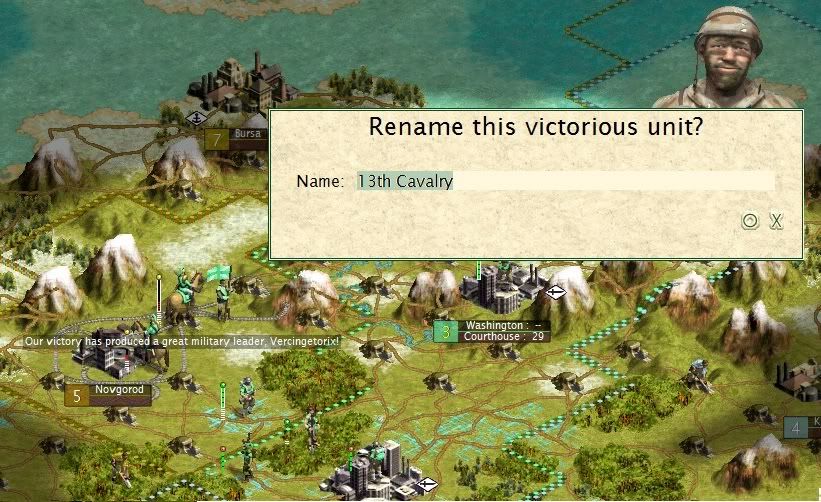
Celtic forces soon launched a massive all-out attack on the Russian positions, overwhelming the Riflemen, who were running low on ammunition. As the Russians fled the battlefield, Celtic forces chased them to the city itself. Just 500 men remained able to resist the Celtic Army, fighting while retreating further into the city. Some 250 Cavalrymen were killed, but the Russian governor was forced to surrender several hours later as the sun set over the mountains to the west of the city. Novgorod was now the newest Celtic city.
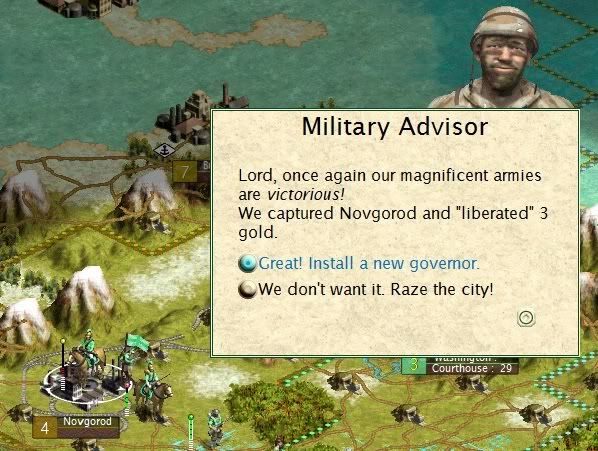
********************
As the Celts advanced with Cavalry on the Eastern Front, their armored divisions prepared to strike the retreating Russian invasion force in an area of land near the border known as the Kirsklands. At dawn on April 17, 1257, Celtic Artillery hammered the Russian encampment. As Russian Pikemen stumbled out of their tents, armor half on, eight divisions of Celtic Tanks flanked by three of Heavy Cavalry hit the Russian sentries. Within minutes, over 2,000 Russian Pikemen and Medieval Infantry lay dead from artillery and machine gun fire.
When Celts approached the camp’s perimeter, a group of Medieval Infantry that had already been prepared to resume its march north to Russian territory confronted the 7th Armored Division. Not expecting the Russian counterattack, the commander of the Seventh allowed his tanks to be flanked. The Medieval Infantry leaped upon the tanks, swinging their maces viciously into the machine gunners atop the Celtic tanks. Over 70 tanks were defeated, but eventually, the remainder of the 7th Division pushed back the Russian attackers and then beat a hasty retreat to escape the remainder of the battle.
Seeing the Seventh fall back, the Celtic Cavalry commander ordered his forces to charge at a group of 1,700 Pikemen and Medieval Infantry that were attempting to regroup and form a defensive line. The 6th Heavy Cavalry was nearly destroyed in the initial charge, but the arrival of the 2nd and 13th Divisions resulted in the defeat of the Russian soldiers. Losses on both sides were high, but the number of Cavalrymen allowed the Celts to be victorious.
As the battle disintegrated into a bloody rout, more Celtic forces stormed into the battle. The 9th and 8th Armored Divisions annihilated a large group of Longbowmen aided by the Celtic 5th Army and 6th Cavalry Division just arriving from the nearby city of Tlatelolco. Seeing their comrades strewn throughout their burning encampment, the Russian General grudgingly ordered a hasty retreat. Word of their defeat would reach Moscow just in time for the next Celtic strike…
********************
Seeing an opportunity to destroy Russian morale, King Brennus himself ordered that another bombing campaign be undertaken by the Royal Air Force. Having increased their numbers with the arrival of the 3rd Bombing Wing, the Celts took flight and hammered both the civilian and military populations. The bombing raid would cause a fire that would burn throughout the city, killing nearly 26,000 civilians and Riflemen. As expected, the morale among the Russian soldiers fell as they learned the hard way that civilians would no longer be safe, even if the front lines held.

********************
The attention of the Celtic Army was turned in 1264 to the recently captured city of Harran. Realizing that they would not see a better time to strike again, the Hittite Rebel movement began a revolt against Celtic rule. As only a single Cavalry division remained in the city, the revolt was quick but bloody. The Rebels rose quickly on September 2, taking the outskirts and commercial district within a day. Falling back to the City Hall, the Celtic troops fought off wave after wave of Rebel forces. The Rebels learned quickly that their tactics weren’t getting them anywhere and set fire to the building. Attempts to break back out were largely unsuccessful, but several dozen soldiers broke out of the City Hall, captured several horses from the nearby stables and rode to report the news back to the Celtic Eastern Command in Paris.
As news of the slaughter reached King Brennus, he calmly ordered General Boudicca to retake the city with her 4th Army. As reserves, the 13th Cavalry Division was also deployed at once. Boudicca’s orders were simple: burn the city and enslave the inhabitants. Brennus was making clear the consequences of rebellion.
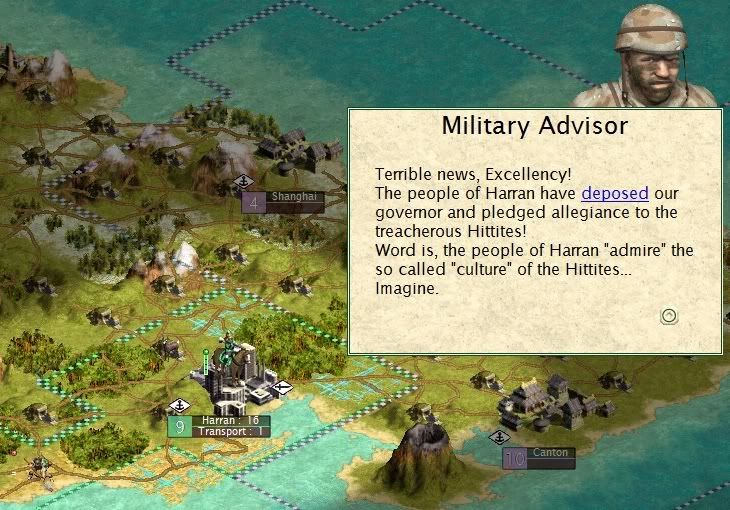
********************
Although the Ottomans had promised aid to the Celts at the onset of the Russo-Celtic War, no aid had come, nor had even a declaration of war been sent. That changed in the last months of 1264. Russian troops began a counterstrike against the Celtic Army and King Brennus threatened war if the Ottomans did not comply with the terms of the treaty signed years before.
The Ottoman Sultan’s response was immediate. On November 17, 1264, the Ottoman Republic declared war on the Russian Empire. Russia was now surrounded by enemies and desperate. Only one move could even come close to lowering the Celtic people’s morale.
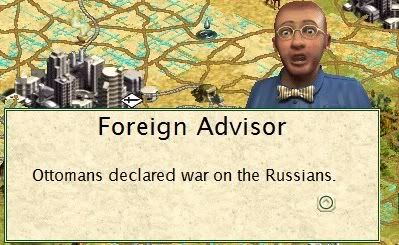
********************
On December 25, 1264, as Celtic citizens enjoyed a Christmas meal, Russian Galleons slipped past the English patrols and landed on the Northern Isle, a formerly Aztec territory near England. Celtic citizens grew worried about the Russian forces nearby despite the division of modern Infantry. The Celtic Army coordinated with the Navy to send forces by boat to the island, but it was doubted that they would arrive in time. The Celts were in danger of losing their first city to foreign soldiers since the embarrassment of Monguntiacum some 250 years earlier.
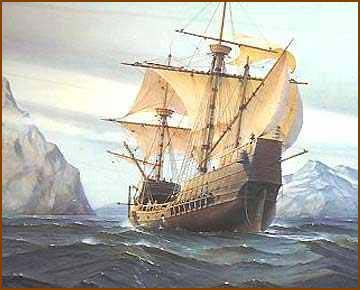
********************
As the Celtic Western Army neared Moscow from the southwest, Celtic Bombers hammered the city day and night. Targeting the city Barracks, the bombers inflicted heavy casualties on the neatly lined up tents set up by the inexperienced Riflemen drafted from the general population. Casualties reached above 1,000 and the Russian people became infuriated by their own government for attacking the strongest empire in the world without attempting to gain allies of any kind.
********************
With no reinforcements coming, the Celts were forced to defend the Northern Isle without assistance. Trenches were dug by factory workers and machine guns were set up for use by the Celtic Infantry. Civilians were evacuated from the countryside as the Russians closed on the city.
The Celts braced themselves as the Russians came over the last hill before the trenches. Soon, Longbowmen began firing blindly into the trenches as Russian Riflemen stormed into the valley. Coming up the hill, the Russians were cut down by devastating fire. Seeing their Riflemen wiped out, the Longbowmen followed in hopes of doing some damage. But it was a hopeless fight from the beginning for them. The Celts showed no mercy and the last offensive group the Russians possessed, a division of Knights, mounted their horses, and charged at the Celtic lines. More Russians survived this charge than any charge before it, but the superiority of automatic weapons over steel swords and armor was confirmed. The Celts losses numbered just 7 killed and 18 wounded, while Russian losses were well above 3,000. Knowing that the invasion had failed, the Riflemen left behind to defend the Russian camp from Commando attacks burned the nearby Iron Mines and awaited evacuation.
The only positive outcome of the expedition for the Russians had been that their own press corps had not been told of the attack force in the first place, and thus there was no drop in morale until the troops arrived back in their homeland. Of course, by that time, the Russians had other things to worry about.
********************
During the course of the Russo-Celtic War, the Celts realized the necessity of maintaining an espionage group during times of war. Celtic military scientists devoted themselves to the perfection of listening devices and concealed weapons. Once completion of these projects was secured, the Celts began to set up their Intelligence Agency in the royal city of Entremont
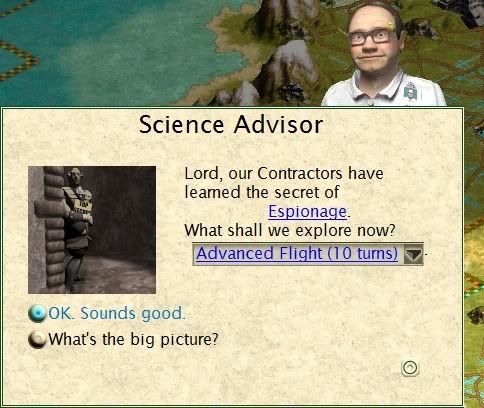
********************
While the War was being fought with aggression, the Royal Energy Corps completed construction of a great wonder of modern engineering on April 19, 1269.
The Hoover Dam, named after its main designer Howard Hoover, was built at the mouth of the Thebes River near Lugdunum. It generated electricity on a scale never before seen, enough to power dozens of nearby (and far away) Celtic cities. Though not its intended purpose, people soon came from miles around to look in awe at the great feat constructed by the Celts.
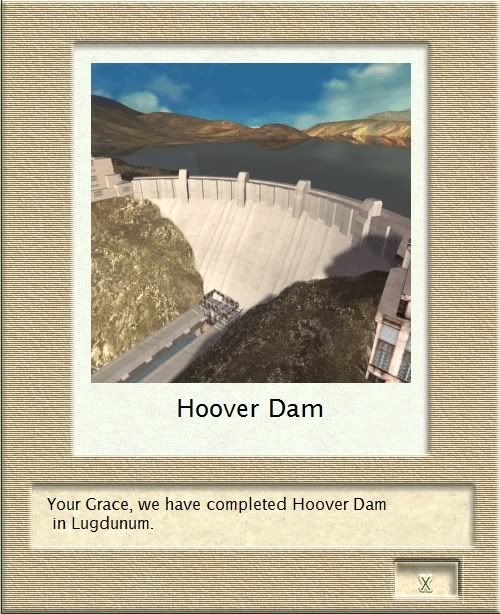
********************
Early in 1270, the Celts reached the outskirts of Moscow and began to set up their artillery for a siege. As massive cannons lobbed shells into the heart of the city, Bombers flew overhead, delivering death and fire to the terrified people below. In the month that followed, over 50,000 civilians were killed in the fires that raged throughout the city. In addition to the civilian losses, over 700 Riflemen were killed when an arms train exploded near a military encampment. Then, in the early morning of June 13, 1270, the Celtic guns fell silent. Knowing that by no means was the battle over, the Russian leaders forced their remaining forces out onto the battlefield. Then at noon, 600 Celtic tanks burst into view. Russian Trebuchets threw rocks into the Celtic battle group, but losses were minimal and soon the guns atop the Celtic Tanks responded.
Many Russians fell as machine gun and cannon fire tore apart their formations. Trebuchets were abandoned as their operators fled towards the city. Riflemen at the rear of their columns turned and fled but were cut down as the Celts advanced towards the city. Some 1,500 Russians were able to flee back into the city.
Field Marshal Cunobelinus, commander of the Celtic Tank forces, ordered the 8th and 5th Armored Divisions to advance into the city. They were the elite of the Tank Corps, battle-hardened veterans of the Celtic-Hittite War. The 8th Division entered the city and encountered fierce resistance as they stormed the city ghettos. Riflemen and civilians fired improvised missiles into the unarmored sides of the tanks. In response, the Celts sprayed buildings with bullets. Then, when they approached a seemingly abandoned street, explosives tore apart the buildings on both sides of the main column. Over 50 Tanks and their crews were crushed as Russian soldiers celebrated at the end of the street. Drunk with joy, the Russians failed to see the remaining 20 tanks of the 8th Division come around to their flank until it was too late. The last military resistance in the ghettos was cut down as the Celts avenged the deaths of their fellow tankers.
The 5th Division went straight for the kill. Approaching downtown Moscow, the Celts faced around 500 Russian regulars, but they were foolish and attempted to fall back and pull the Celts into a trap, not realizing that their enemies had more Tanks coming around to surround the Russians. More than 300 fell as the Celts tightened the noose around the survivors. When only two blocks separated the Imperial Palace Complex from the advancing Tanks, Czarina Catherine, decided that Moscow was lost, ordered the defenders to fight to the death and boarded the last train to leave Moscow.
Within an hour, the Celts had secured the city. The Russian government set up a temporary capital in St. Petersburg and directed the civilian resistance in Moscow that would last for about a decade, until the Celts finally subdued the people of the former Russian capital.
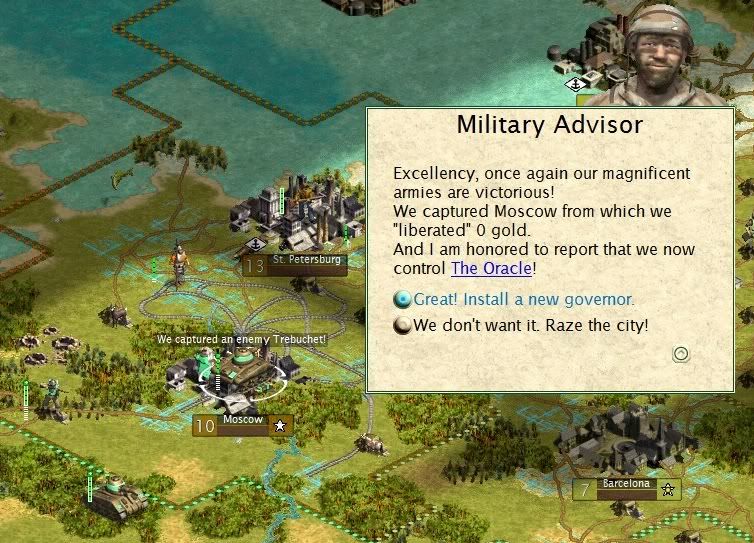
With the fall of Moscow, Russian losses in the war easily went over the 125,000 mark, most of which were civilians and the forces deployed in the ill-fated invasion of Celtic Europe. In addition, the loss of Moscow put extreme pressure on other Russian cities to step up production and conscription.
********************
As the Celts put pressure on the Russians in Europe, the dry-dock workers of Entremont, completed construction of the first Celtic Submarine. Designed to sink enemy transports without having to worry about surface defenses, the Submarine represented a new era in Celtic naval strategy. No longer would the Celts rely on the pitched battle (a strategy which had produced disastrous results in the past); rather, the Celts would hammer a fleet with artillery and strike at it with Bombers and Fighters before attacking the main target with Submarines.
Fearing that their own new weapon could be used against them, the Celts also developed the depth charge, a weapon designed to help find and sink enemy Submarines. Other civilizations would soon steal this technology to help their own anti-Submarine defenses.
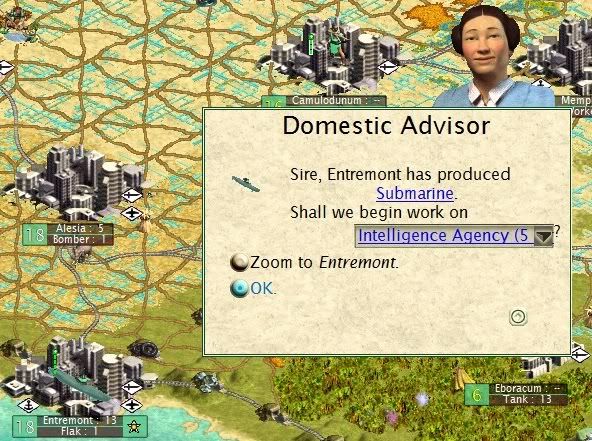
********************
After the victory over the Russians in the Battle of Moscow, the Celts redeployed their forces once more in order to attack the new capital of St. Petersburg. Pressure from the Ottomans had drawn some forces out of the city, leaving the city more open to capture. In addition, the heavy bombing campaigns used so successfully in Moscow were used once again, but without the heavy civilian losses seen in the capital. During the week-long bombardment of the city, some 3,000 Russian soldiers were killed. This included large portions of the elite Riflemen and Commandos deployed in the city itself.
After the completion of the bombardment phase, the Celts deployed some 11 Armored Divisions to take the city. The Russian defenses were comprised of five Riflemen Divisions and the veteran 1st Commando Group who with help from Riflemen, had destroyed an Ottoman Army in the Battle of Leningrad (a suburb of St. Petersburg) soon after their declaration of war.
Just as in the Battle of Moscow, the Russian commanders deployed their Riflemen on a single field of battle. This resulted in one of the most horrific slaughters of the war, as the Celts surrounded and wiped out nearly 3,000 Russians, while suffering only minimal losses. After that slaughter, the Russians finally wised-up and ordered their troops to retreat to form fortifications in the City Square. Meanwhile, the 1st Commando Group would attempt to slow down the Celtic advance.
At first, the strategy seemed to work for the Russians. While fighting in the city ghettos, the underpowered 5th Armored Division ran out of fuel and was totally destroyed by the Commandos and some local volunteers who brought homemade explosives to the party. The loss of the Fifth marked the first time that the Celts had ever lost a full division of Tanks. Infuriated by the defeat of the Fifth, the 7th Armored Division proceeded to totally destroy several blocks of ghetto in which the 1st Commando Group was deployed. The Commandos were nearly wiped out in a gunfight with several dozen Celtic Tanks and the Celts continued their advance through the city.
As a firefight broke out in front of the City Hall, the Russian government again slipped away, this time to the city harbor where a Galleon sat waiting for them. From the ship, Czarina Catherine watched helplessly as the Celts massacred the remaining 750 Riflemen. St. Petersburg was lost for the Russians. With no mainland cities, the Russians fell back to what once were considered their colonies in Greenland and the Acrtic Islands. The Celts then left the total destruction of the Russian Empire to their allies and began focusing on securing continental supremacy.
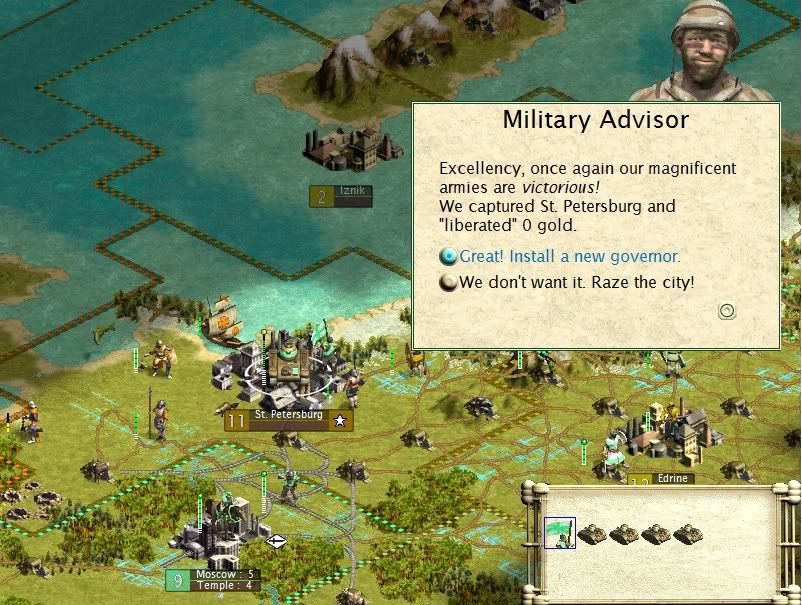
In the Battle of St. Petersburg, the Russians had lost some 35,000 people killed while Celtic losses were just under 750. The dominance of Armored Warfare had been shown to the world several times throughout the Russo-Celtic War, and much of the world trembled at the sound of Celtic Tanks.
********************
Although the Celts were transforming their army to one based in Steel and Oil, they still possessed a large army of Cavalry. Seeing an opportunity to use these antiquated forces, the Celts deployed the 4th Army and the 13th Cavalry Division to Harran. Field Marshal Boudicca would lead the campaign to wipe out the rebellious city.
But the lack of artillery and air support would greatly harm the Celtic offensive. Without this necessary support, the 4th Army was nearly wiped out in the first battle as some 3,256 Cavalrymen were killed attacking the fortified Hittite positions atop a hill. Hittite losses however, were far more devastating in terms of how many deployable troops were lost. While the Celts had the ability to call for reinforcements, the Hittites had no such luxury. On May 14, 1276 the elite 13th Cavalry Division attacked the city itself. With no real combat experience, the Hittites suffered horrendous losses as the Celts destroyed the conscripted resistance. Not wanting the city’s troublesome people anymore, Field Marshal Boudicca ordered the city to be burned and its inhabitants be formed into groups of laborers. As the city burned, the people of Harran were marched south to Celtic territory where they would begin working on the construction of a new rail network.
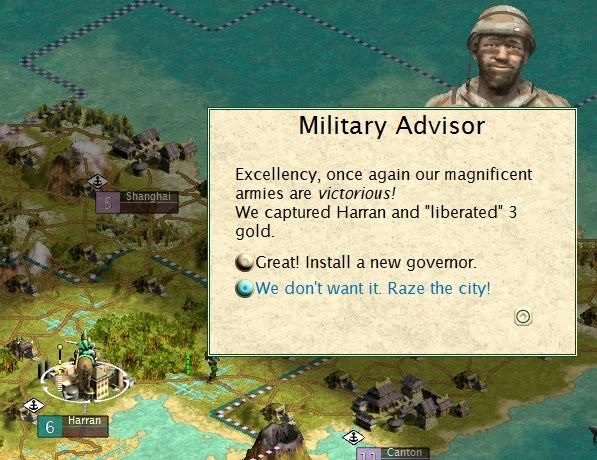
********************
The next couple decades would be rather peaceful for the Celts as they began rebuilding after two consecutive wars.
During this peaceful time, the Celts would form the 1st Marines Division, an elite group of Infantry which would be assigned to attacking coastal targets through amphibious assaults. The Carthaginians and other maritime nations such as Greece and the Netherlands would see this as a hostile act and relations decreased with them, though since no one wanted to deal with the Celtic Tanks, nothing much came out of it.
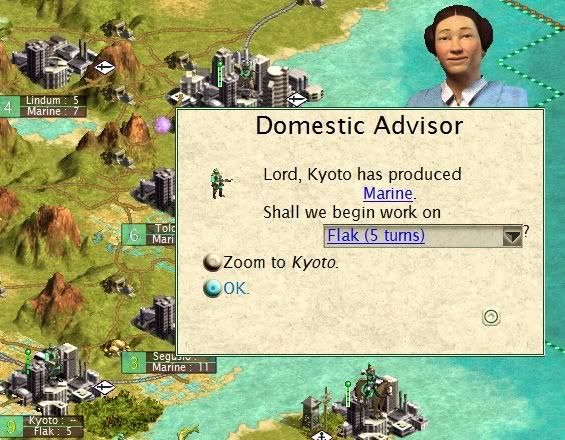
********************
In addition to the formation of the Marines, the Celts would also begin improving on their Air Forces. The introduction of a concept known as Advanced Flight began with the invention of the Helicopter and with the perfection of radar. Radar towers would help Celtic forces coordinate to meet enemy forces in advance. The concept of advanced flight put the Celts far ahead of their only air power rival, the Carthaginians, who boasted a small air force.

********************
With the increase of tensions with Carthage, the Celts began fortifying their border with Infantry. To complement their forces, they also built a long series of Barricades (immense fortresses) along the border. The string of forts was completed in late 1293, and several regional headquarters were established to administer warnings to the large force assigned to defending the border. In addition, the Celts also established a military city to bottle up the Kashmir Pass, a vital route in the Celtic Rail System that linked East Asia to Africa and Europe. Finally, the Celts deployed anti-aircraft batteries to strategic mines and positions. As construction was completed, relations with Carthage continued to sour, though the renewal of the Celtic-Punic Right of Passage improved relations to a neutral stance.

********************
As the century came to a close, representatives of the Chinese government made peace with the Hittites without permission from the Celts. This peace came as an irritant to the Celtic people who felt a sense of betrayal by the Chinese. Strangely enough, the Sumerians (longtime enemies of the Celts) kept their Military Alliance until the expiration of the treaty.
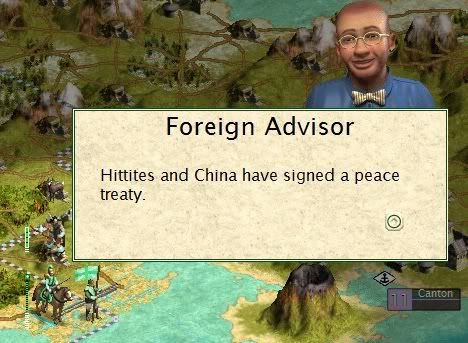
********************
In the last year of the century, the Celts formally established the Celtic Intelligence Agency (CIA) to organize espionage and counterespionage efforts across the globe. As was expected, this agency would remain silent about its activities and few people outside of the government knew of its existence. But in the years to come, the CIA would be a vital tool for the Celts as friends began to turn on friends.
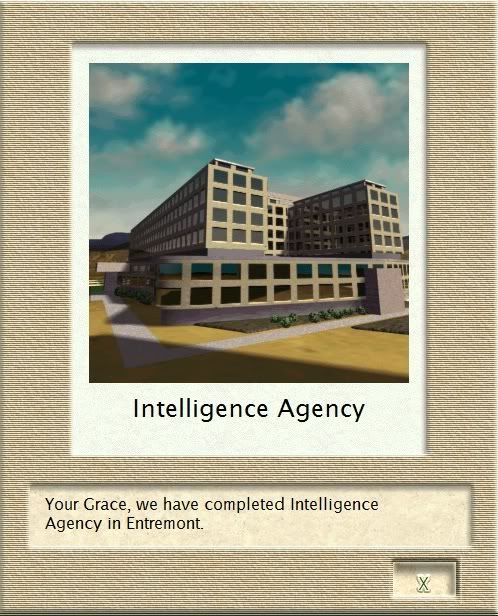
Verarde
Pondering Wearing A Hat
update! yay! Looks good!
....now to actually read it.
Read. Very good!
....now to actually read it.
Read. Very good!
Stratagist IV
Ex virtute honos
By all that isn't holy... an UPDATE! good read and glad to have you back! Keep trucking and I look forward to the conclusion. [/FaithinCFCrestored]
MTB4884
Emperor
Hooray! A nice large update to read!  The Celtic Intelligence Agency was a nice touch too.
The Celtic Intelligence Agency was a nice touch too.
I did spot one probable typo: "Greenland and the Artic Islands" should read "Greenland and the Arctic Islands".
I am looking forward to reading the rest of the story!
 The Celtic Intelligence Agency was a nice touch too.
The Celtic Intelligence Agency was a nice touch too. I did spot one probable typo: "Greenland and the Artic Islands" should read "Greenland and the Arctic Islands".
I am looking forward to reading the rest of the story!
clearmurky
Emperor
Update!!!! Starting to hyperventilate!!!
CELTICEMPIRE
Zulu Conqueror
You should declare war on everyone, and defeat all of them.
B-29 Bomber
Prince
- Joined
- Jul 22, 2010
- Messages
- 381
You should declare war on everyone, and defeat all of them.
Remember there's still a Civil War coming... He promised.
Remember there's still a Civil War coming... He promised.
now that will be interesting.. Sparthage:i suggest you fight carthage then after that war is over play a civil war which would have been caused by the huge drain on the economy after fighting carthage. just a suggestion though
Sparthage
Fighting Tyranny
The conclusion is a ways off. We haven't even conquered the Old World... yet.By all that isn't holy... an UPDATE! good read and glad to have you back! Keep trucking and I look forward to the conclusion. [/FaithinCFCrestored]

Yeah, I liked the idea of using the CIA as my spy agency.Hooray! A nice large update to read!The Celtic Intelligence Agency was a nice touch too.
Thanks. Fixed.I did spot one probable typo: "Greenland and the Artic Islands" should read "Greenland and the Arctic Islands".
Calm down. Breathe in, breathe out. Breathe in, breathe out. Update your story.Update!!!! Starting to hyperventilate!!!

I plan on being at war with everyone that's left at one point. I also plan on defeating them all.You should declare war on everyone, and defeat all of them.
Yep. It might be a ways off though. Events are conspiring against the Celts.Remember there's still a Civil War coming... He promised.
Similar threads
- Replies
- 31
- Views
- 917
- Replies
- 310
- Views
- 12K
- Replies
- 5
- Views
- 729



 ! Stop it
! Stop it
